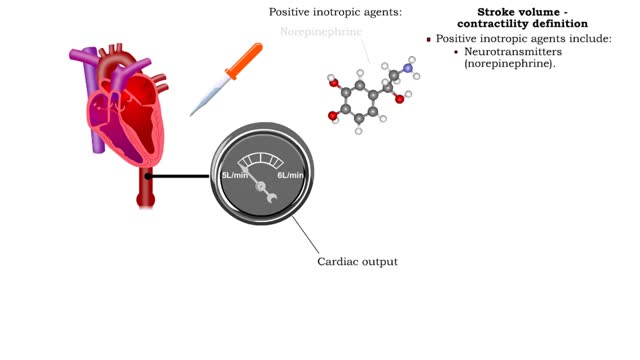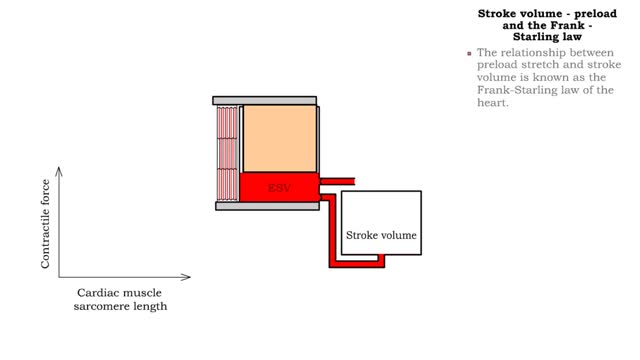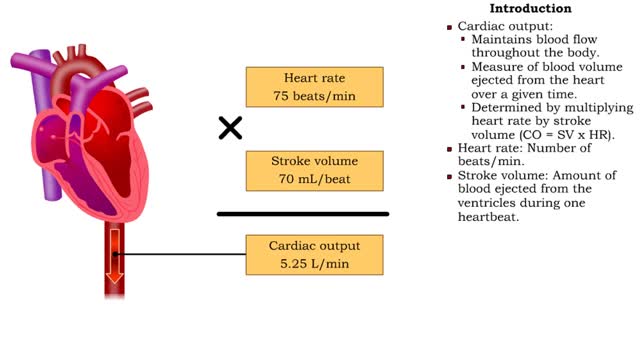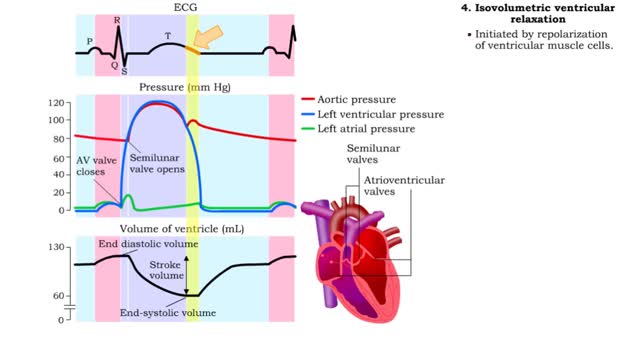Stroke volume
By: HWC
Date Uploaded: 12/03/2019
Tags: homeworkclinic.com Homework Clinic HWC Stroke volume Preload cardiac muscles cells Cardiac muscle sarcomeres ventricular systole sarcomere length Frank -Starling law Contractility Inotropic agents Neurotransmitters norepinephrine epinephrine and thyroxine digoxin Calcium channel blockers aorta hypertension
Preload definition • Preload is the degree of stretch of cardiac muscles cells prior to contraction. • The amount of stretch is related to the end-diastolic volume[EDV]. • Increased return blood flow from the veins increases end-diastolic volume. Cardiac muscle sarcomeres stretch and lengthen. • a Contraction of the cardiac muscle sarcomeres during ventricular systole provides the force needed to eject blood from the heart. Preload and sarcomere length • Sarcomere length affects muscle tension and the force of contraction. • Increased muscle stretch (increased sarcomere length) at the beginning of contraction increases tension produced during the contraction. • A more forceful contraction ejects more blood, thus increasing stroke volume. Preload and the Frank -Starling law • The relationship between preload stretch and stroke volume is known as the Frank-Starling law of the heart. • The greater the preload, the greater the sarcomere stretch, the greater the stroke volume. • The Frank-Starling law has limits. When cardiac muscle is overstretched, increasing ventricular filling has no significant effect on stroke volume. Contractility definition • Contractility is the forcefulness of contraction of cardiac muscle. • Inotropic agents are substances that increase or decrease contractility (and stroke volume). • Positive inotropic agents increase contractility and will increase stroke volume and cardiac output. • Negative inotropic agents reduce force of contraction. • Positive inotropic agents include: • Neurotransmitters (norepinephrine). • Hormones (epinephrine and thyroxine). • Drugs (digoxin). • Negative inotropic agents reduce contractility and include: • Calcium channel blockers. • Some anesthetics. Afterload definition ▪ Pressure (or other resisting force) that ventricles must overcome to push open semilunar valves and eject blood. ▪ Normally, the left ventricle blood pressure must overcome arterial pressure in the aorta. Afterload and hypertension • Abnormally high blood pressure, or hypertension, increases aortic pressure which must be overcome by higher left ventricular pressure. • Eventually, ventricular pressure builds to overcome the elevated arterial blood pressure and blood is ejected from the heart. • Increased afterload makes ejection more difficult and decreases stroke volume (and cardiac output). • When afterload decreases the cardiac output, other mechanisms help bring it back to normal. • Preload is increased via feedback mechanisms. • Contractility is increased.
Add To
You must login to add videos to your playlists.
Advertisement












Comments
0 Comments total
Sign In to post comments.
No comments have been posted for this video yet.